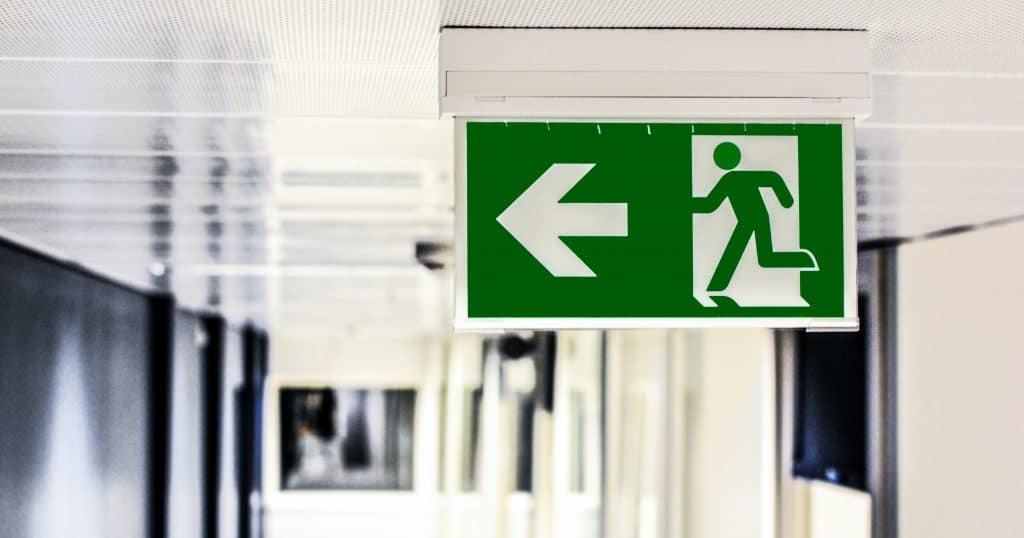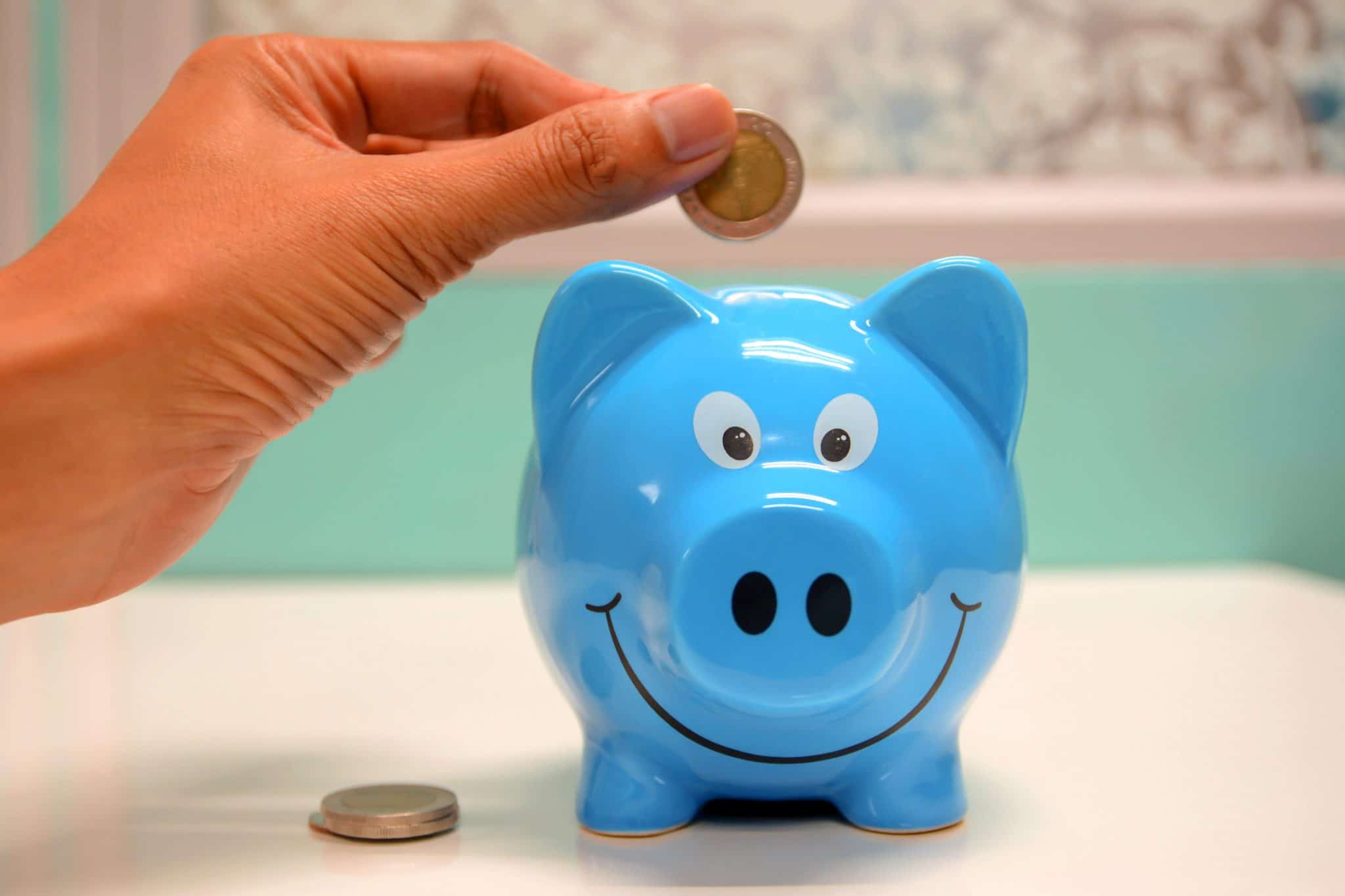Most people nowadays have more or less an idea of how to invest their money and savings.
Well, all this sounds good but people miss out on a very crucial aspect of personal finance –
The Emergency Fund
Have you personally thought about this?
What do you think? How much of your income/ savings should be kept aside for emergencies?
If you don’t have a clue, well this is the article for you.
Our world is moving at a relatively faster pace than our previous generations, and it has also become comparatively unpredictable. And in such a world, it’s smart to prepare for contingencies and emergencies. Well, we are here to guide you for exactly that.
Most of us think our insurance will cover us during our emergencies and that it is a sufficient measure in place for adversities. But this is where people go wrong. For starters, insurance doesn’t guarantee a 100% payout. You will have to bear a part of the expense, be it vehicle damage or medical expenses.
Other than that you might need urgent cash in case of a climatic disaster or adversity when ATMs or the internet is inaccessible. These are the times when cash is king. Many hospitals too require an upfront payment when getting admitted. And you can’t keep swiping your credit card for such expenses or you might drown under the interest obligations.
These are the times when the emergency fund is a savior.

So Lets Explore How To Get Started On An Emergency Fund-
Well to answer the previous question, experts suggest an emergency fund should be around
An average US household has a monthly expenditure of about $5000. So 6 months of expenditure comes to around $30,000.This ensures that even in times of crises where you are left without a job or can’t work due to a medical condition, you won’t have added trouble in running your house while you recover back to normal.
Keep in mind that this number might be more or less as per your expenses.It’s wise to personally sit and calculate your monthly expenses and then decide on the amount accordingly.
So How Do You Start Saving?
Well, it’s fairly simple. Once you are done paying your insurance premiums, any amount over and above that you save should go to creating an emergency fund. You can make an initial 3-month fund and then gradually increase it to a 6-month fund. But it’s wise to get done with it as soon as possible. It can be achieved even faster by cutting back on your expenses for a few months and just focusing on building an emergency fund as this is one of the most important investments.
Where To Put The Money
High-interest savings accounts or money market funds are 2 good options. You can also diversify it into different bank accounts in case you don’t want to risk putting all the money in one place.
Bottom Line –
By now you should be aware of most of the elements of the emergency fund and also its importance in our investment journey.
Disclaimer –
All trademarks referenced are the property of their respective owners. Other trademarks and trade names may be used in this document to refer to either the entity claiming the marks and names or their products. MarketXLS disclaims any proprietary interest in trademarks and trade names other than its own, or affiliation with the trademark owners.
References –
https://www.investopedia.com/personal-finance/how-to-build-emergency-fund/
https://www.thehindu.com/business/Industry/building-the-right-emergency-fund/article34862033.ece

